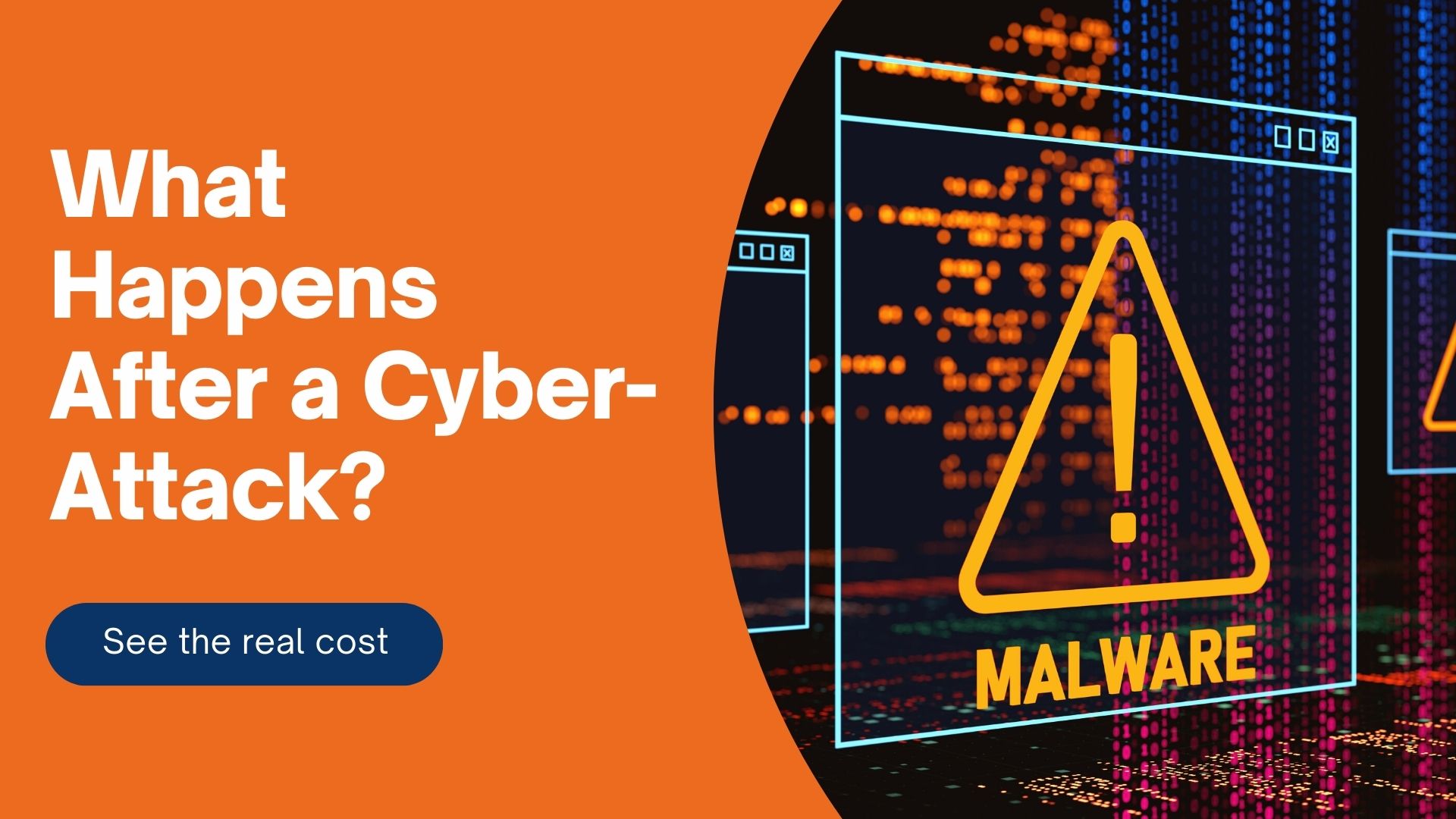Large Scale Migration
 The most important aspect of a large scale migration is communication. This can make a migration that either turns you into a trusted company relationship or the most recent “IT guy” that was fired by that company. There is a delicate balance that you must preserve between the needs of the technology and the needs of the business owner. The best way to do that is to be as meticulous as possible with your communication process.
The most important aspect of a large scale migration is communication. This can make a migration that either turns you into a trusted company relationship or the most recent “IT guy” that was fired by that company. There is a delicate balance that you must preserve between the needs of the technology and the needs of the business owner. The best way to do that is to be as meticulous as possible with your communication process.
Prep work, communicate.
The first thing you must do is map out an initial time line and start testing the process. This time line will start solely based on the IT departments recommendations. These recommendations are generally based on the hardware or support life cycles and the length of time to complete it. Once you have that sorted out, you probably want to add another two weeks to a month of notice and relay that information to the decision makers at the affected company.
Test, communicate.
Once you’ve received a response, you make adjustments as necessary to your schedule and begin a live test where permissible. We also see excellent guides on the internet on how to do any migration imaginable; the most important point to consider is that no two are alike. So you found a frame work to use on the internet, so you have to take the next step. What we typically do is use test mailboxes, we migrate them individually, and then we move them as batches, repeatedly. The bottom line is this; the more work you do before the migration the less likely you will have to pay overtime for a botched migration.
Execute, communicate, then communicate again
Once you’re satisfied, you reach out to your clients again and confirm that you’re ready to start as you previously agreed. This is where the process will vary when dealing with end users versus an IT partner. We can get away with the following notices: an announcement, a reminder, a start, a mid-point, a completion and a couple of follow-ups. We are about to do this due to the fact that we’re dealing with top notch technology professionals. However, with end users you have to have a more controlling approach, depending on the size of the business, you may opt to have everyone come into the office and leave their mobile devices with you for the migration, or you can do appointments. The most important thing in the process is to check as often as your staffing will allow it, that everything is going smoothly and that the expectations you set are being met. I would even advise a follow up call at 1 week and 2 weeks out to pick up the “slow to report issue” folks.



